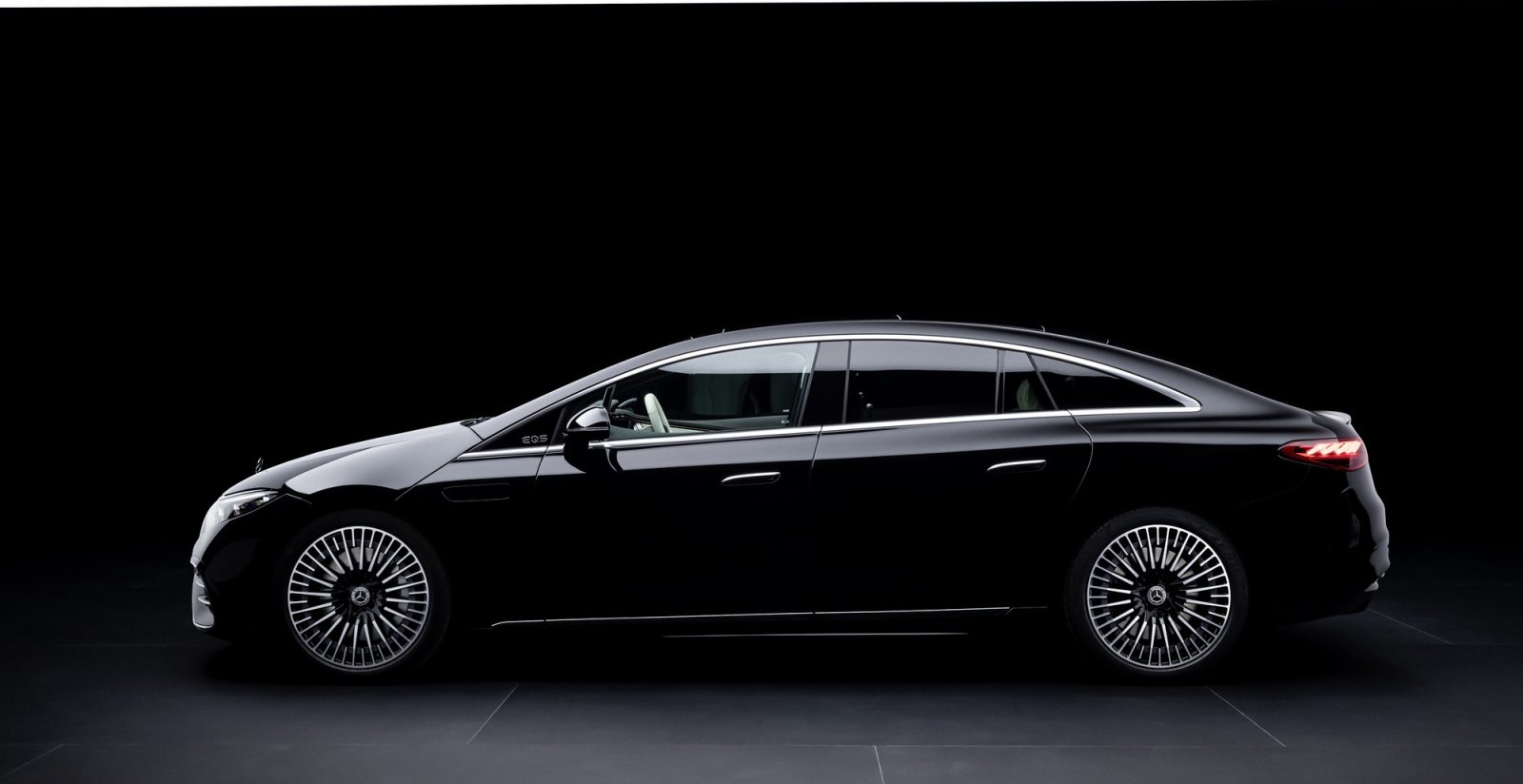BMW’s electric transition is quietly making its rivals sweat. While Mercedes-Benz is backpedaling on its EV strategy and calling for a rethink of Europe’s 2035 combustion ban, BMW’s rollout has been deliberate, balanced, and—judging by sales—working. The i4, iX, and i5 have carved out meaningful market share without flooding showrooms with overpriced halo cars no one is buying. And with the Neue Klasse just around the corner, BMW’s next chapter is already in motion. Mercedes, meanwhile, finds itself publicly questioning whether the industry can even meet the EU’s deadline.
Ola Källenius, wearing both his CEO hat and his role as head of the European Automobile Manufacturers’ Association (ACEA), warns that the ban risks sending Europe “full speed into the wall.” His reasoning? Consumer demand is softer than policymakers assumed, U.S. tariffs are biting, and China’s EV juggernaut is muscling in fast. Källenius is lobbying for a “technology-neutral” approach—keep EVs in the spotlight, but give automakers the freedom to mix in combustion and hybrid tech as needed, while governments tackle the real adoption bottlenecks like charging infrastructure and affordability.

The problem is Mercedes’ EV troubles are partly self-inflicted. They’ve admitted to a gap in mid-range models and are only now scrambling to launch more attainable EVs like the upcoming electric GLC and C-Class. By contrast, BMW has been playing the long game—sequencing product launches to match demand, keeping combustion and hybrid offerings fresh, and avoiding the consumer fatigue that comes from pushing a half-baked electric portfolio too hard, too fast.
That doesn’t mean BMW can ignore Källenius’ warning. The same cliff edge exists for Munich: a hard 2035 stop risks a last-gasp ICE buying spree followed by a market drop-off. And without a healthy charging network, even the best Neue Klasse sedan won’t save you from frustrated customers. This is where BMW can make a power move—aligning with the push for more infrastructure investment and realistic policy timelines, but from a position of strength rather than desperation.

The broader industry picture is messy. The German auto lobby is already floating tweaks to the ban, like allowing a small slice of ICE sales beyond 2035 with e-fuels or biofuels. Conservative lawmakers like the idea; environmental groups hate it. Meanwhile, the Chinese competition isn’t waiting for Europe to sort itself out—they’re landing sharp-looking, well-equipped EVs at prices that make even premium brands nervous.
Mercedes’ “reality check” should be a warning shot for BMW, but also an opening. If Munich can keep its EV strategy disciplined, expand its charging influence, and maintain combustion excellence during the transition, it could do more than just weather the storm—it could own the next decade of premium mobility while its rivals are still figuring out which way is up.